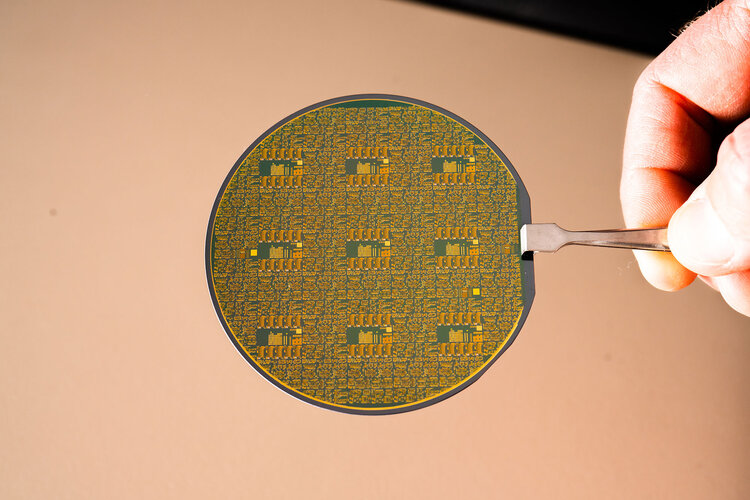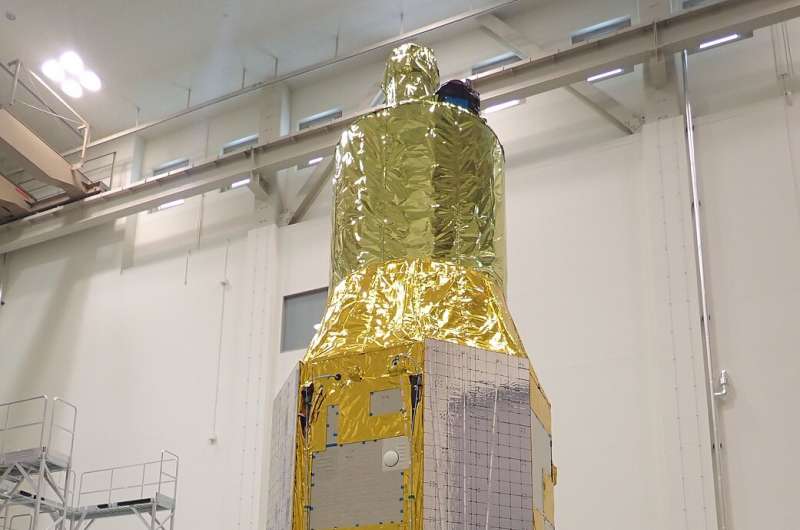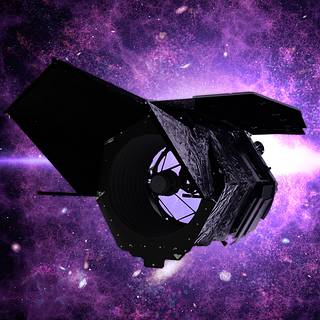
Copernical Team
Patent approved for space propulsion system poised to transform orbital space logistics
 Orbital logistics and space mining leader TransAstra Corporation has been granted a patent on a solar-thermal rocket engine that will revolutionize the rapidly expanding satellite industry, and accelerate the global space economy.
The company's Omnivore thruster, which powers its Worker Bee space tugs, marks a significant departure from existing rocket propellant systems because it operate
Orbital logistics and space mining leader TransAstra Corporation has been granted a patent on a solar-thermal rocket engine that will revolutionize the rapidly expanding satellite industry, and accelerate the global space economy.
The company's Omnivore thruster, which powers its Worker Bee space tugs, marks a significant departure from existing rocket propellant systems because it operate Dawn Aerospace awarded EU contract for hydrazine-replacement program
 Dawn Aerospace has been awarded euro 1.4 million from the European Commission to help develop its transformative 'green', in-space propulsion technology.
The grant will contribute to Dawn's continued investment in hydrazine-replacement technology. The propulsion technology will have the size and performance of a hydrazine-based system, but without the toxicity, supply chain or regulatory
Dawn Aerospace has been awarded euro 1.4 million from the European Commission to help develop its transformative 'green', in-space propulsion technology.
The grant will contribute to Dawn's continued investment in hydrazine-replacement technology. The propulsion technology will have the size and performance of a hydrazine-based system, but without the toxicity, supply chain or regulatory Mars Express peers into Mars' 'Grand Canyon'

The latest image release from ESA’s Mars Express takes us over two ruptures in the martian crust that form part of the mighty Valles Marineris canyon system.
First spacewalk for Samantha Cristoforetti

On 21 July 2022, ESA astronaut Samantha Cristoforetti will head outside the International Space Station on a spacewalk alongside cosmonaut Oleg Artemyev. It will be Samantha’s first spacewalk, and the first conducted by a European woman.
Feeling the heat from space

With searing temperatures and a string of record highs being smashed across western Europe, the current heatwave is all too apparent. Extreme heat warnings have been issued in several countries including France, Spain and Portugal, and deadly wildfires have forced thousands to flee their homes. The satellite images here are an example of how the crisis is being viewed by satellites orbiting Earth.
From Blu-Ray players to Earth orbit
 Image:
From Blu-Ray players to Earth orbit
Image:
From Blu-Ray players to Earth orbit New collaborative X-ray observatory stands tall as testing begins

NASA Awards Launch Services Contract for Roman Space Telescope
 NASA has selected Space Exploration Technologies Corporation (SpaceX) in Hawthorne, California, to provide launch service for the Nancy Grace Roman Space Telescope mission.
NASA has selected Space Exploration Technologies Corporation (SpaceX) in Hawthorne, California, to provide launch service for the Nancy Grace Roman Space Telescope mission. A mission concept to fly a solar neutrino detector close to the sun

Astronomers have proposed a concept mission to fly a neutrino observatory into orbit around the sun to get a better picture of what's happening in the sun's core.
Astronomers have very few tools to peer into the heart of the sun. Thankfully, the nuclear reactions constantly happening in the core of the sun as it fuses hydrogen into helium release a non-stop flood of neutrinos. Neutrinos are tiny ghost-like particles that hardly ever interact with matter.
On the Earth we have built giant detectors to catch the occasional neutrino. Astronomers have used those neutrinos to understand the nuclear processes happening inside of the sun and to probe the edge of known physics.
Video: The secrets of Jupiter

Discover the top five mysteries that ESA's Jupiter Icy Moons Explorer (Juice) mission will solve.
Jupiter, its magnetic environment, and its moons form one of the most intriguing systems in the solar system. Juice, planned for launch in 2023 and arrival at Jupiter in 2031, will reveal more about this fascinating planet and its natural satellites.
Explore further
